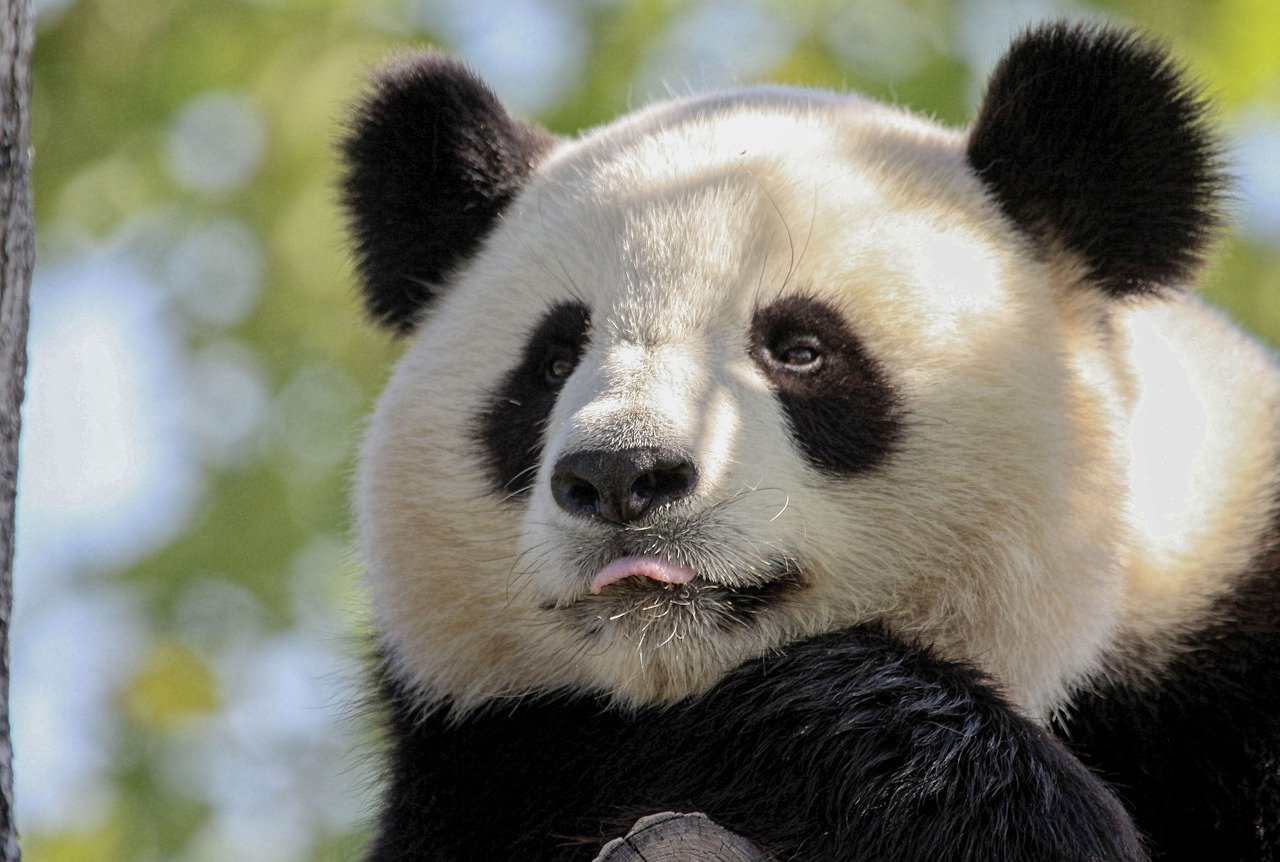
“Here’s a thing about pandas: I adore them. And in the past, I’ve gone to the San Diego Zoo to see them or to China, when I’m doing work over there. They’re just amazing animals.”
Jane Goodall, primatologist and anthropologist
Background:
Welcome to the Virtual Panda Exhibit, where you can discover the wonderful world of pandas! Pandas belong to the bear family and there are three different types. Let’s dive into their descriptions and scientific names.
-
Giant Pandas (Scientific name: Ailuropoda melanoleuca): Giant pandas are one of the most beloved animals in the world. They have a distinctive black and white fur coat and a round face. These pandas are native to central China, and their diet consists mainly of bamboo. Giant pandas can weigh up to 330 pounds (150 kg) and live for 20-30 years in the wild.
-
Red Pandas (Scientific name: Ailurus fulgens): Red pandas, also known as “firefoxes,” are adorable creatures that are often mistaken for raccoons or foxes. They have a red-brown fur coat, a long bushy tail, and a round face. These pandas are native to the Himalayas and southwestern China, and their diet consists mainly of bamboo, fruits, insects, and small animals. Red pandas can weigh up to 14 pounds (6.5 kg) and live for 8-10 years in the wild.
-
Qinling Pandas (Scientific name: Ailuropoda melanoleuca qinlingensis): Qinling pandas are a subspecies of giant pandas and are found only in the Qinling Mountains in central China. They have a slightly smaller head and shorter snout than giant pandas, and a thicker coat to keep warm in their mountain habitat. Their diet consists mainly of bamboo, and they can weigh up to 220 pounds (100 kg) and live for 20-30 years in the wild.
In addition to supporting charities as noted below and learning more about pandas, there are other ways that you can help protect these amazing animals. One important step is to reduce your carbon footprint, which can help to slow climate change and protect panda habitats. You can also help by supporting sustainable agriculture and forestry practices, which can help to preserve panda habitats and reduce the impact of human activities on these animals.
Quick Facts:
- Pandas are classified as an endangered species.
- The biggest threat to pandas is habitat loss due to deforestation and human activities.
- Pandas have a special stomach that helps them digest bamboo.
- They are solitary animals and prefer to spend most of their time alone.
- Pandas are great swimmers and climbers.
Fun Facts:
- Pandas can poop up to 40 times a day!
- Giant pandas have a “thumb” that helps them hold bamboo while eating.
- Red pandas have a special “false thumb” that helps them grip bamboo and other objects.
- Baby pandas are born blind and pink, weighing only about 3 to 5 ounces (85 to 140 grams).
- Qinling pandas were only discovered in 2005 and are considered a subspecies of giant pandas.
Fun Facts for Kids:
- Pandas love to play and roll around in the snow!
- Pandas have a unique vocalization that sounds like a bleat, a moo, or a bark.
- A group of pandas is called an embarrassment!
- Red pandas are excellent climbers and can climb down trees headfirst!
References:












